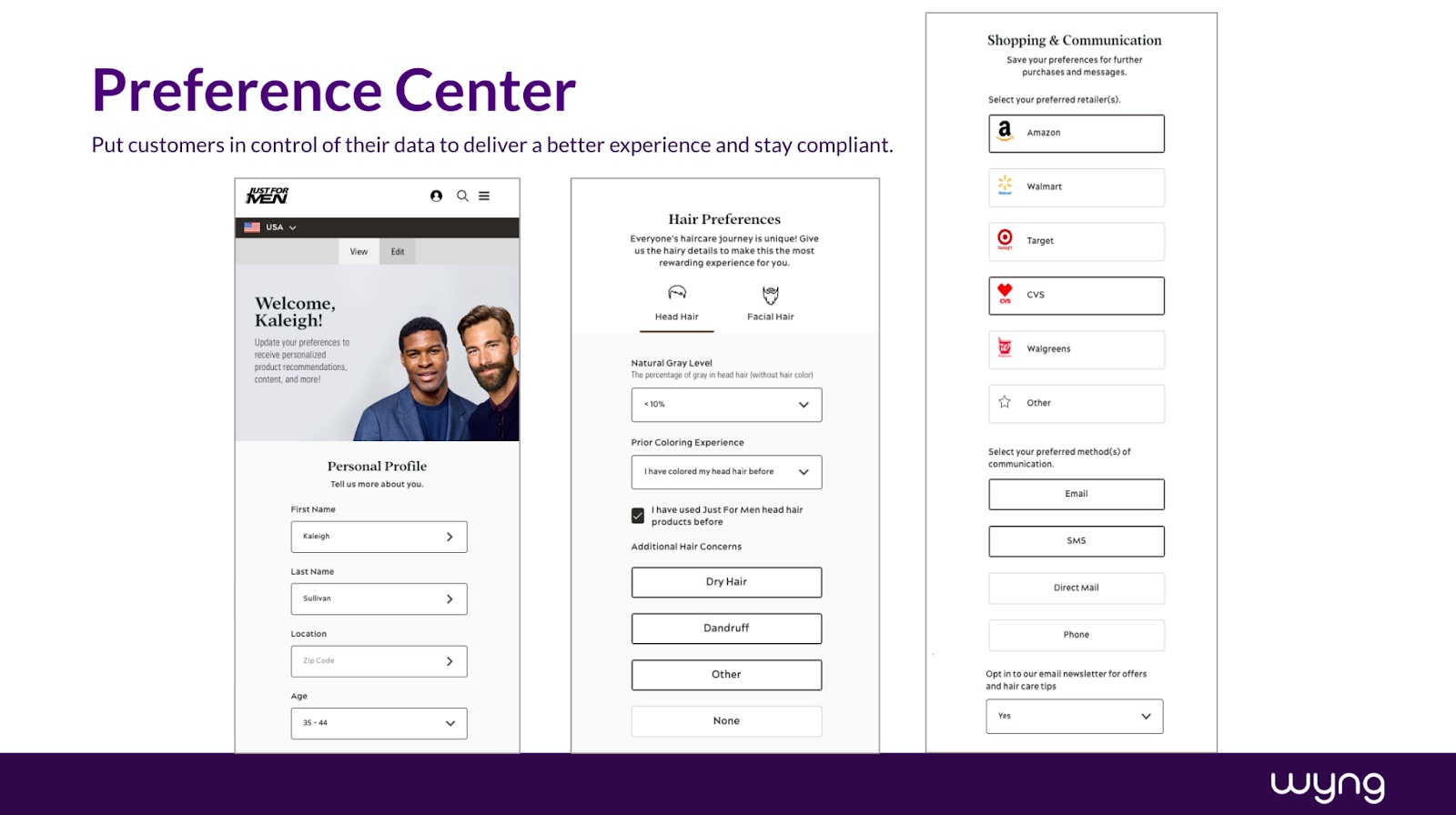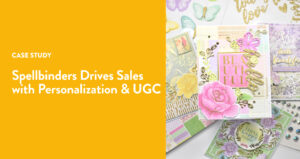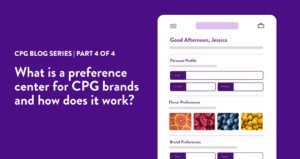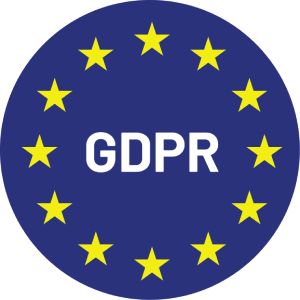Customer loyalty, the bond between a brand and its customers, has consistently been a cornerstone of business success because, like that proverbial bird in the hand, it’s much more cost-effective for a brand to sell to current customers than to chase after new customers. In every sector, from retail to technology, loyalty is the foundation upon which prosperous businesses are built. In this article, we’ll examine trends in customer loyalty in 2023 and how zero-party collection can offset emerging challenges in building customer loyalty.
Customer loyalty trends in 2023
In these times of fast-paced technological change, customer behaviors are changing as well. The Internet offers consumers easy access to alternatives for almost any product or service. Customers compare products, read reviews, and switch brands with just a few clicks or swipes. The options available at their fingertips have made customers more fickle than ever before, so much so that Forbes magazine states consumers are no longer brand loyal.
Customer loyalty isn’t transactional
To attract and hold customer loyalty, a business needs to understand that loyalty isn’t merely transactional but relational. It’s not only about the quality of the product or service (though this is deeply important) but also about understanding customers’ changing needs, meeting and exceeding their expectations, and delivering unparalleled experiences based on that understanding.
In that same article, Forbes suggests consumers may become loyal to the brand’s engagement experience and how that experience makes them feel. Actively gathering customer feedback, analyzing customer behaviors, and delivering on that information allows a brand to customize/personalize offerings and continuously create unique experiences that resonate with the customer’s expectations and desires.
Trust means knowing data is secure
A person can only be loyal to an organization that has their best interest at heart. With an increasing number of data breaches and privacy concerns dominating headlines, businesses have an added responsibility to safeguard their customers’ information to maintain trust.
Zero-party data connects a brand to customers
Zero-party data is information a customer actively and deliberately shares with a brand. Zero-party data collection involves directly asking customers for information, who then willingly and consciously provide it, knowing the purpose behind the request. If customers choose to share their preferences, the brand will supply them with value in return, usually in the form of personalized product or content recommendations, loyalty points, or coupon codes.
The interaction is frank, open, and aboveboard, creating a strong connection between businesses and customers. It’s a strategic alliance built on the mutual understanding of needs and expectations that fosters an enduring bond of loyalty.
Putting customers in control
With a zero-party data strategy, customers are in charge of the data they choose to share. Putting the customer in the driver’s seat creates even more customer confidence in a brand.
AAA worked with Wyng to develop a post-purchase questionnaire for new members. AAA members voluntarily shared their discount interests, and in return AAA was able to curate more personalized emails. The personalized emails saw a sharp increase in open and engagement rates.
A profound impact
The economic value of loyal customers is profound. Loyal customers are more likely to repeat purchases, and, with time, they often buy more, creating a compound effect on revenue. The value of customer retention becomes increasingly evident when this is considered: a recent article on LinkedIn highlighted that businesses are 60 percent to 70 percent more likely to resell to a current customer.
The power of loyal customers extends beyond their direct purchases. Satisfied customers, those whose expectations have been met or exceeded, often become advocates for your brand. They provide some of the most effective marketing possible—free word-of-mouth advertising.
A current customer is also four times as likely to recommend a business to a potential customer. Their positive experiences translate into recommendations to friends, family, and social networks, amplifying a brand’s reach and helping it tap into new customer segments.
Effective strategies for zero-party data collection
As highlighted in this blog post on how to collect zero-party data, creating interactive experiences is a key strategy. These experiences could involve quizzes, surveys, or preference centers that enable customers to share their likes, dislikes, and other preferences in a fun and engaging way.
These methods not only yield valuable insights about customers but also transform the process of data collection into an enjoyable experience. Data collection is no longer seen as a tedious or intrusive task but rather a unique opportunity for customers to engage with the brand and tailor their experiences to their tastes.
Track evolving preferences over time
Ideally, businesses want customers to stay for years, but needs may change over time. A customer who is currently wearing their hair long with highlights may, in five years, be wearing their hair short and bright red. Businesses want and need a method for staying up-to-date with their customers’ current needs, so offers and communications can be personalized accordingly.
A benefit of zero-party data is the ability to define the most important data attributes for a business and develop a strategy to track customers’ changing needs and evolving preferences
Preference Centers are a powerful tool for brands to keep track of what customers currently want so their marketing continually offers precisely what their customers need. Periodically, for example annually, a brand can encourage users to update their preferences.
Leveraging zero-party data for enhanced customer experiences
The first step in leveraging this data is to use it in building customer personas and segmenting an audience. Customer segmentation is a strategic approach to understanding and catering to different customer groups, ensuring marketing messages are precisely targeted and relevant. It also ensures the right message is delivered to the right person, in the right context, and at the right time, increasing the likelihood of positive customer engagement.
Persona-building is an empathetic process that enables brands to step into their customers’ shoes, understanding their needs, aspirations, pain points, and preferences on a deep level. This empathy for customers paves the way for creating and delivering truly personalized experiences catering directly to individual customer preferences.
Real connections, real loyalty
The goal of personalization extends beyond merely boosting sales or conversions. It’s about demonstrating to customers that they are seen as individuals, their unique needs are understood, and that their relationship with the brand is valued. It’s about fostering a sense of belonging and connection, which builds trust and drives customer loyalty in the long run.
Looking at the competitive business landscape of 2023, a zero-party data strategy isn’t just a fleeting trend or a nice-to-have. It has evolved to become an essential component of successful customer loyalty building and business growth strategies.
Brands that recognize and effectively leverage this approach will set themselves apart, securing a solid foothold in the minds and hearts of their customers. Contact Wyng today for more information on how Wyng will help you build a loyal customer base for your business.







